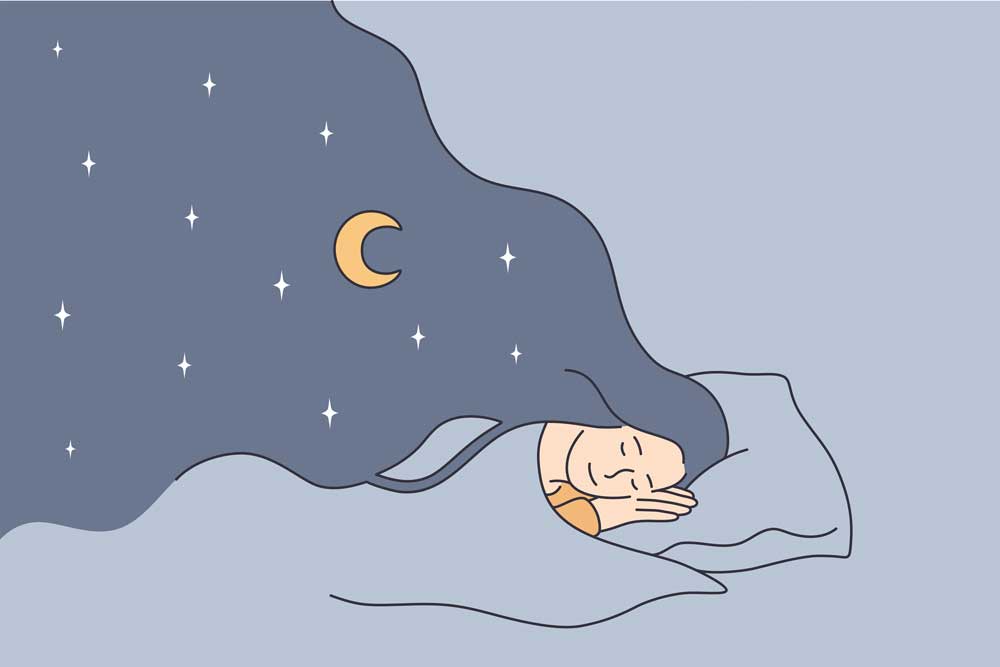Introduction
While we are asleep, our sleep goes through a four-stage cycle, which can repeat four to six times a night, and a good night’s sleep in the medium length of each cycle lasts for about 90 minutes. With specific neural activities, extensions, and performances. However, during early childhood, it is quite usual to experience different types of sleep disturbances, known as parasomnias. Bruxism, sleep paralysis, nightmare, and nocturnal enuresis are some parasomnias. These sleep disorders usually tend to disappear spontaneously during adolescence, so they do not require medical treatment. However, once it occurs in adulthood, it can be related to bad sleep habits, or some problem, stress, or discomfort that the person is experiencing. Most types of sleep disorders usually occur while we are lying in bed and without serious incidents. On the other hand, among the parasomnias, we have somnambulism or sleepwalking, which can lead to some misfortune involving not only sleepwalkers but also those around them.
What is somnambulism?
The characteristics that sleepwalkers have vary from person to person. Sometimes, it can vary from simple actions, such as just moving a piece of furniture in the house, picking up some food that is within reach and starting to eat, walking around the house, or talking aloud, but it can also elevate in behaviors that hurt the person in itself and even those around them, such as picking up sharp objects or even going out driving a car. Sleepwalking is more common in babies than adults. According to Suni and Vyas (2020), “a survey shows that the percentage of children between 2 and 13 years old who have episodes of somnambulism is about 29%. Although usually, it disappears in early adolescence, there is the possibility of it prevailing in about 4% in adulthood. There is also the possibility that somnambulism manifests itself only in adulthood despite being considered isolated cases.” However, this is not a conclusive number because people with this sleep disorder do not have memories of the period in which they are experiencing sleepwalking episodes.
What can be the causes of somnambulism?
Sleepwalking occurs when a person is in a deep slumber and is partially awake to a level that can stimulate physical movement even when sleeping.
Sleep scientists have found several causes that may connect to the emergence of sleepwalking.
A person will have a higher percentage of also having symptoms of somnambulism if someone from the family members presents a history of sleepwalking. If both parents of a child are somnambulists, the percentage that their child also becomes one can reach 61%. When only one parent has symptoms, the number drops to 47%. It is because these children have genes that are predisposed to sleepwalking.
Stress caused by various reasons can interfere with sleep, and the consequences of not getting a good night’s sleep make us accumulate sleep during the day, and at bedtime, we spend more time in a state of deep slumber. People who have apnea, another sleep disorder that blocks the airways causing sleep discontinuation, may also experience sleepwalking due to sleep deprivation.
The consumption of alcohol before bedtime or medication, such as sedatives, is likely to instigate sleepwalking.
Treatment is recommended for sleepwalking children or adults because they have a high chance of ending up injuring themselves or those around them. Medical interventions may differ depending on age, how often episodes appear, and the degree of danger.
References
Faria, C n.d., O que é Parassonia e como é feito o tratamento, Tua Saúde, viewed 20 September 2021, https://www.tuasaude.com/parassonia/
Suni, E & Vyas, N 2020, Sleepwalking, Sleep Foundation A OneCare Media Company, viewed 20 September 2021, https://www.sleepfoundation.org/parasomnias/sleepwalking
